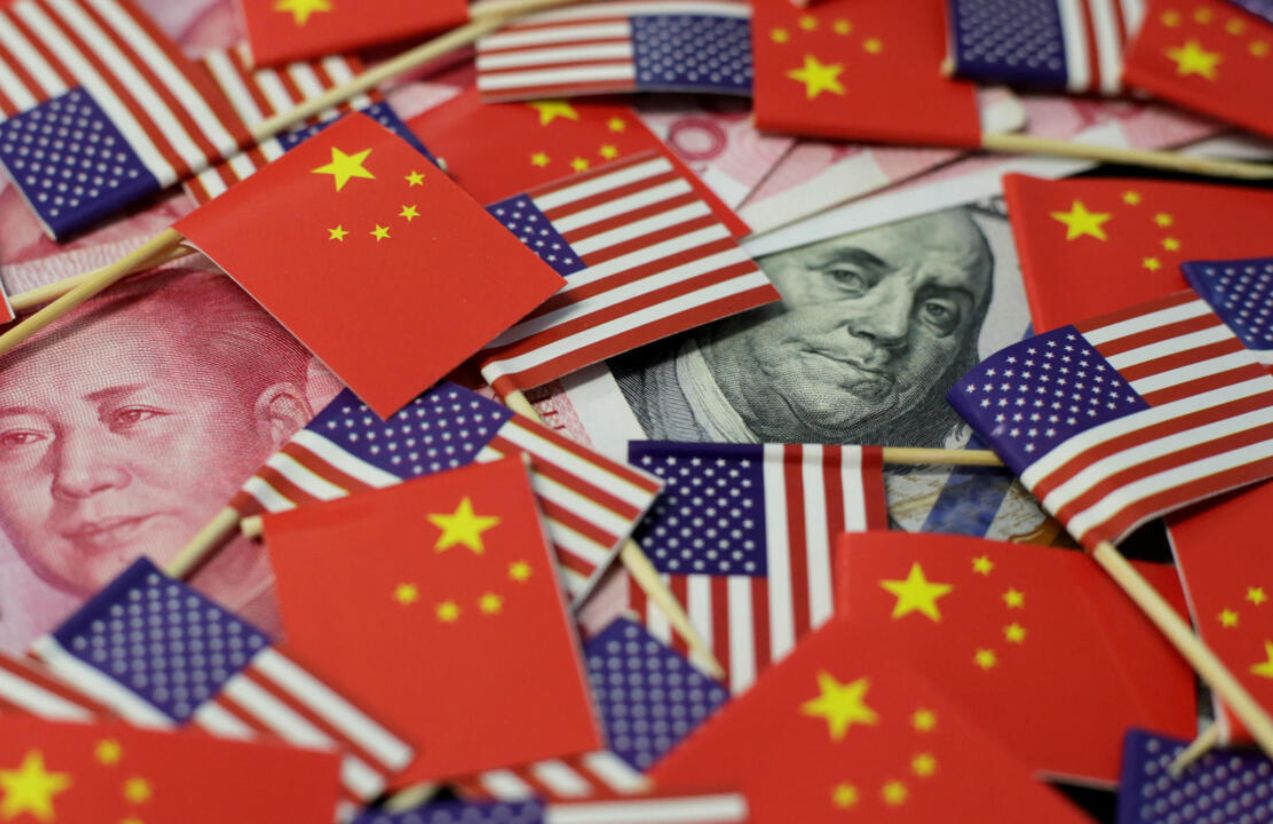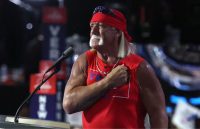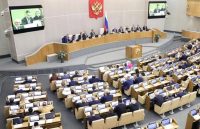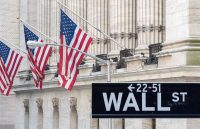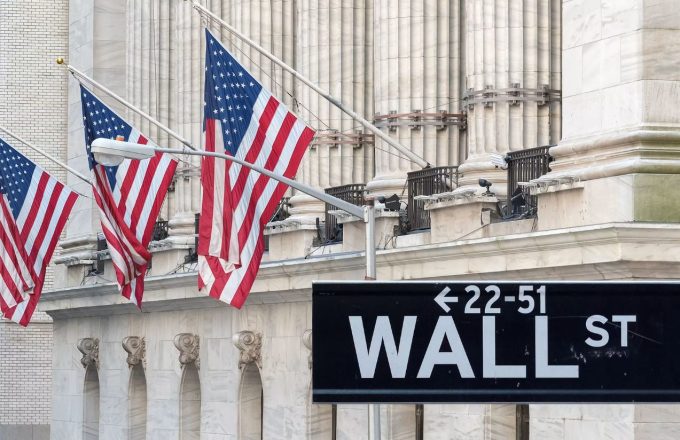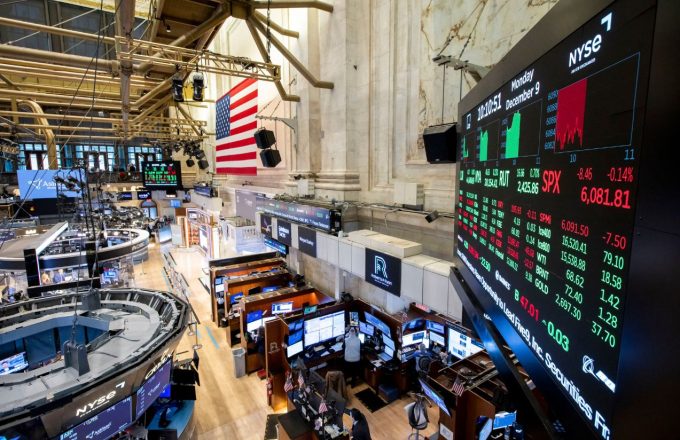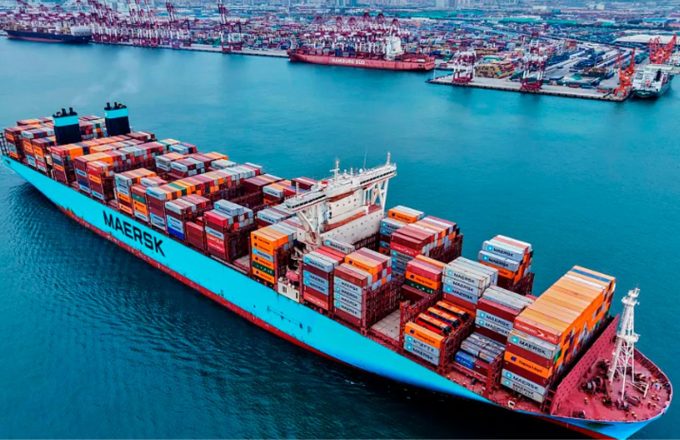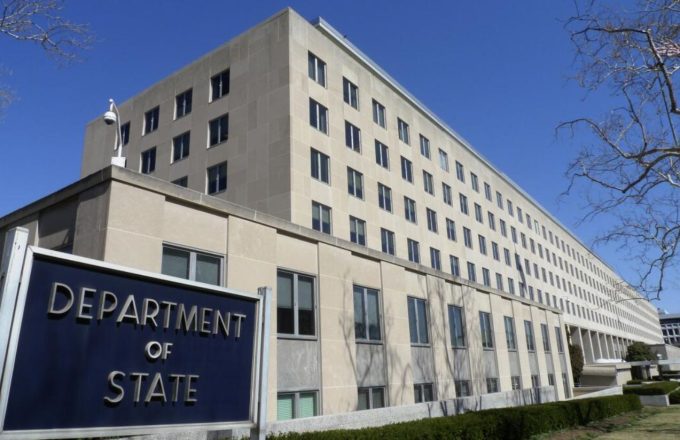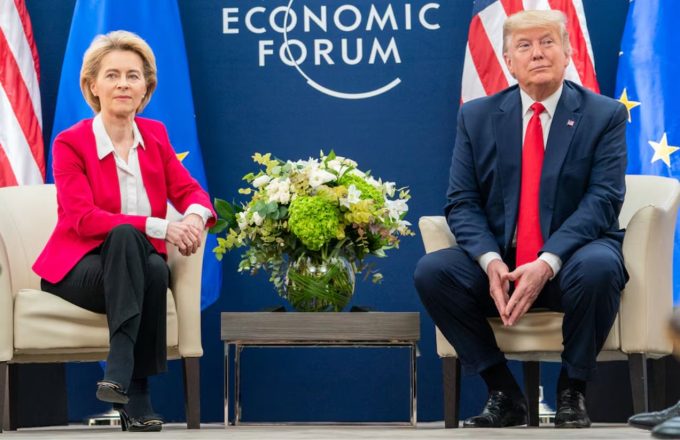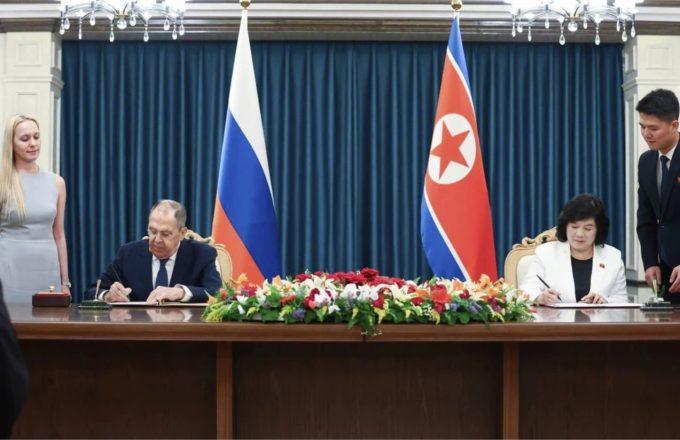U.S. President Donald Trump suggested on Friday that he might reduce tariffs on Chinese imports from 145% to 80%, in an effort to ease trade tensions ahead of a crucial meeting between senior officials from both countries scheduled for the weekend.
The meeting, to be held in Geneva, will bring together a U.S. delegation led by Treasury Secretary Scott Bessent and Trade Representative Jamieson Greer with Chinese Vice Premier He Lifeng. It marks the highest-level talks between Washington and Beijing since the onset of the trade war launched by Trump, who imposed steep tariffs on Chinese goods.
“An 80% tariff on China sounds right! It’s up to Scott B,” the president wrote on social media, referring to Bessent, a key figure in the administration’s economic strategy. In another post, Trump urged China to open its markets to American products: “It would be so good for them! Closed markets no longer work!”
The trade war has hit China particularly hard, as the world’s largest exporter and second-largest economy. Since Trump imposed what he called the “Liberation Day” tariffs on April 2, both countries have responded with successive rounds of duties. Currently, U.S. tariffs on Chinese goods stand at 145%, while China has imposed a 125% rate on U.S. products.
One of the most controversial elements of the U.S. tariffs is a 20% surcharge tied to accusations that Beijing has failed to curb the flow of chemicals used to produce fentanyl. According to officials, this issue is unlikely to be addressed in this weekend’s talks.
Although reducing the tariff to 80% would represent significant relief, it would still be a very high import tax, potentially continuing to disrupt global supply chains and push up consumer prices. In fact, the 80% rate remains higher than the 74% combined tariff Trump announced during the “Liberation Day” event.
Experts note that China will likely demand credible implementation guarantees from the U.S. before agreeing to any deal. While Trump previously refused to ease tariffs without clear concessions, he signaled a possible shift in tone during an Oval Office appearance on Thursday, saying he “might” reconsider the 145% rate if the weekend negotiations go well.
Even within Trump’s own team, there’s consensus that a 145% tariff is unsustainable, amounting in practice to a trade embargo. Yet the president’s strategy continues to show contradictions: he seeks significant tariff revenue to offset income tax cuts, while also pushing for greater market access abroad—something that would likely require lower tariffs. Furthermore, his protectionist approach complicates efforts to build lasting trade alliances.
Trump’s social media posts have become a window into these internal tensions. In recent months, he has launched, paused, adjusted, and then threatened new import taxes, repeatedly reversing course as he tries to balance his promises to fight inflation with his belief that tariffs can tilt the global economy in America’s favor.


